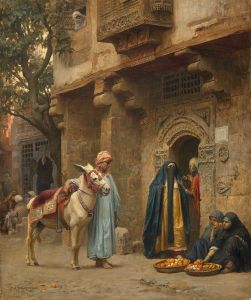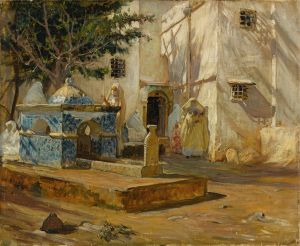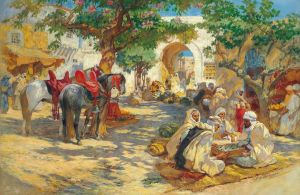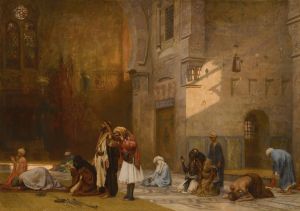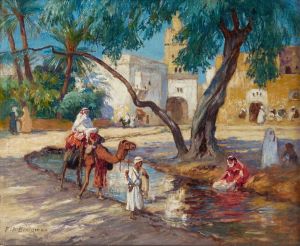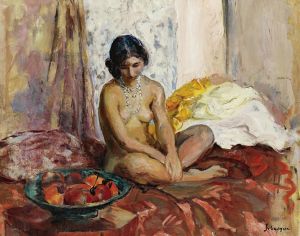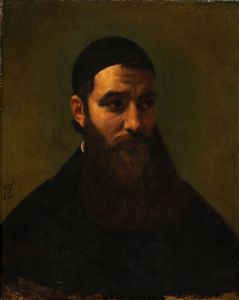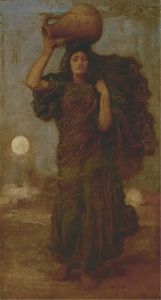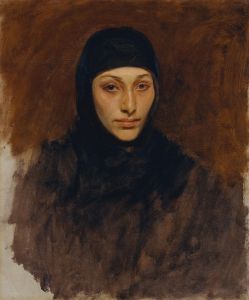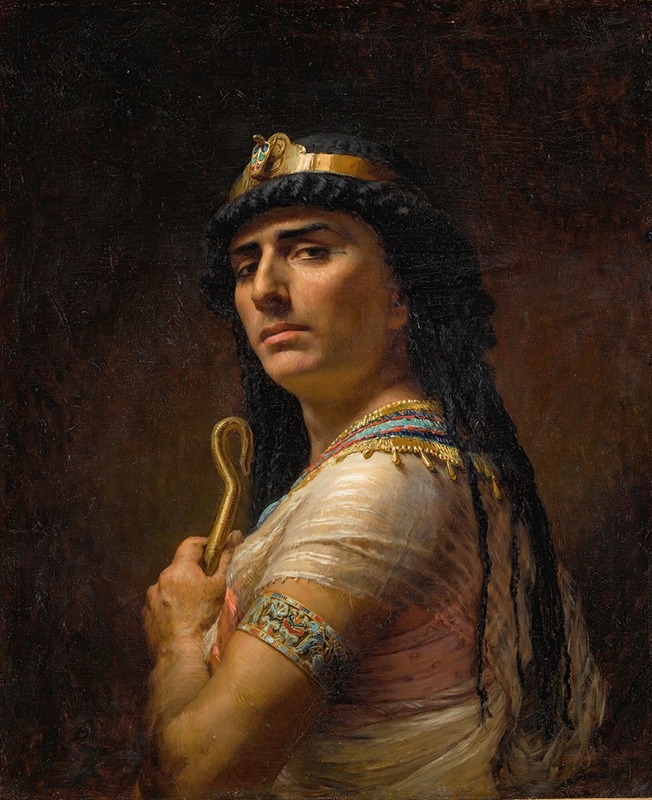
An Egyptian Priest
A hand-painted replica of Frederick Arthur Bridgman’s masterpiece An Egyptian Priest, meticulously crafted by professional artists to capture the true essence of the original. Each piece is created with museum-quality canvas and rare mineral pigments, carefully painted by experienced artists with delicate brushstrokes and rich, layered colors to perfectly recreate the texture of the original artwork. Unlike machine-printed reproductions, this hand-painted version brings the painting to life, infused with the artist’s emotions and skill in every stroke. Whether for personal collection or home decoration, it instantly elevates the artistic atmosphere of any space.
Frederick Arthur Bridgman was an American artist known for his Orientalist paintings, which often depicted scenes from North Africa and the Middle East. Born in 1847 in Tuskegee, Alabama, Bridgman moved to Paris in 1866 to study art, where he became associated with the Orientalist movement. His works are characterized by their detailed and romanticized portrayals of exotic locales and peoples, reflecting the Western fascination with the "Orient" during the 19th century.
"An Egyptian Priest" is one of Bridgman's notable works, capturing the essence of his interest in ancient Egyptian culture and history. The painting is a fine example of Bridgman's skill in rendering intricate details and his ability to evoke a sense of historical authenticity. Although specific details about the painting's creation and current location are not widely documented, it is representative of Bridgman's broader oeuvre, which often focused on themes of antiquity and the exotic.
In "An Egyptian Priest," Bridgman likely draws upon his extensive travels in Egypt and his studies of Egyptian artifacts and architecture. His travels provided him with firsthand experience of the landscapes and cultural settings he sought to depict. Bridgman was known for his meticulous attention to detail, often incorporating elements from his sketches and photographs taken during his journeys into his paintings.
The painting likely features a depiction of an Egyptian priest, a figure of significant cultural and religious importance in ancient Egyptian society. Priests in ancient Egypt were responsible for performing rituals and maintaining the temples dedicated to the gods. They played a crucial role in the religious and social life of the time, acting as intermediaries between the gods and the people.
Bridgman's portrayal of an Egyptian priest would have been informed by the archaeological discoveries and scholarly research of his time, which fueled a growing interest in ancient Egypt among Western audiences. The 19th century saw numerous expeditions and excavations in Egypt, leading to a greater understanding of its history and culture. This period also coincided with the publication of works by Egyptologists, which would have influenced artists like Bridgman in their depictions of Egyptian themes.
The painting's composition, use of color, and attention to historical detail reflect Bridgman's commitment to capturing the grandeur and mystique of ancient Egypt. His work often aimed to transport viewers to a different time and place, offering a glimpse into the lives and environments of historical figures.
While specific information about "An Egyptian Priest" may be limited, the painting remains a testament to Bridgman's artistic vision and his contribution to the Orientalist genre. His works continue to be appreciated for their aesthetic beauty and their role in shaping Western perceptions of the East during the 19th century. Bridgman's legacy as an artist is marked by his ability to blend historical research with artistic imagination, creating works that resonate with audiences both in his time and today.





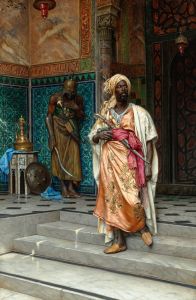
![Dendera [Dandara]. Dec. 1838.](/imgs/217474/s/david-roberts-dendera-dandara-dec-1838-6eb01a73.jpg)
![View from under the portico of the Temple of Dendera [Dandara].](/imgs/217571/s/david-roberts-view-from-under-the-portico-of-the-temple-of-dendera-dandara-cfe01457.jpg)

